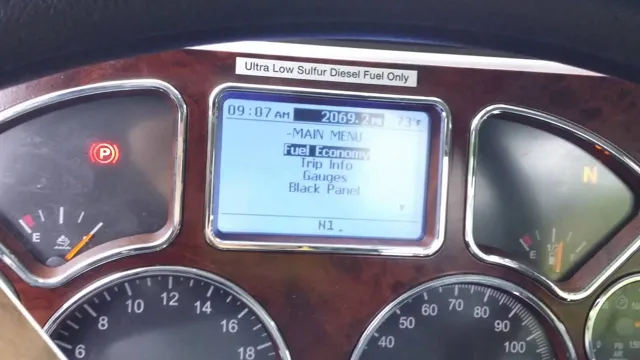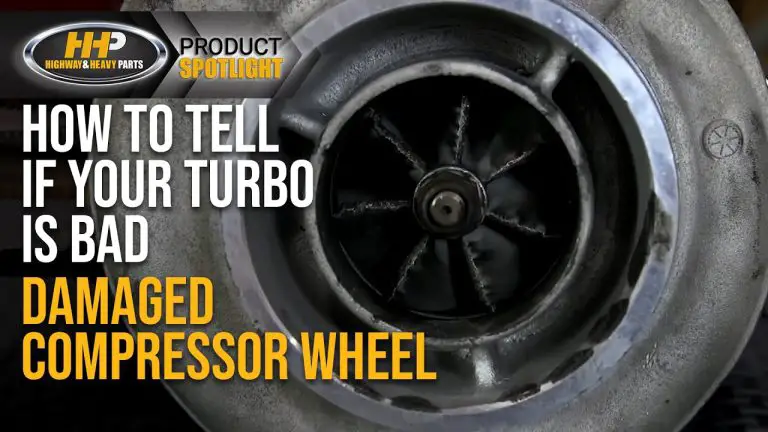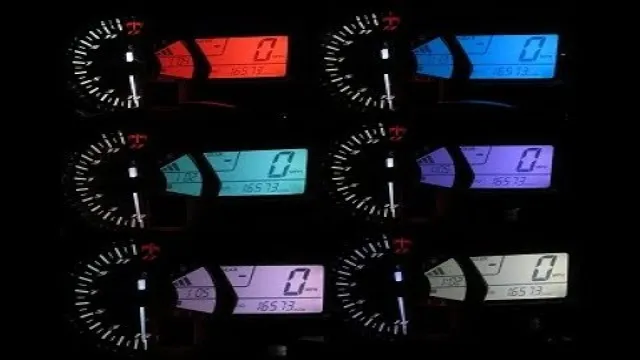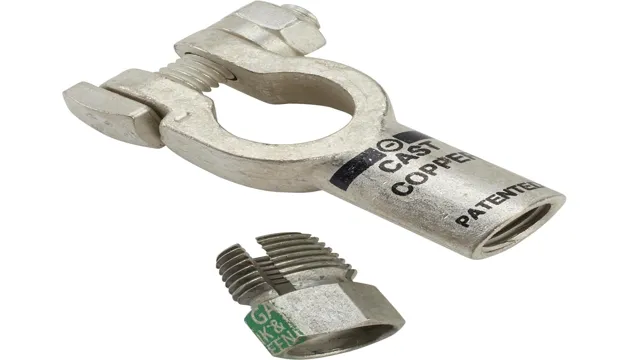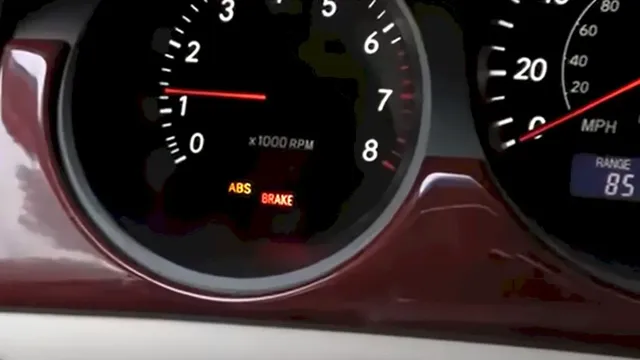The Ultimate Guide to Checking and Managing DPF Soot Levels
If you own a diesel-powered vehicle, you are probably familiar with the Diesel Particulate Filter (DPF) and its crucial role in controlling emissions. Over time, DPFs can become clogged with soot and require cleaning or even replacement. One way to keep track of the soot level in your DPF is by checking it regularly.
But how do you do that? Don’t worry, we’ve got you covered. In this blog post, we’ll show you how to check your DPF soot level and prevent any potential problems that may arise from a clogged filter. So, grab a cup of coffee, buckle up, and let’s dive in!
What is a DPF?
DPF or Diesel Particulate Filter is an essential component of any diesel engine vehicle. Its primary function is to trap soot particles that are released during the combustion process and reduce harmful emissions that are released into the environment. It is essential to check the DPF soot level regularly to ensure that it is not clogged and working efficiently.
One way to do this is by using a diagnostic tool, which can measure the pressure drop across the filter and ascertain the level of soot accumulation. Another method is to physically remove the filter and inspect it for any signs of blockage or damage. Keeping a check on the DPF soot level is crucial to prevent costly repairs and maintain the longevity of the vehicle.
It is advisable to refer to the manufacturer’s recommended guidelines when performing DPF maintenance to ensure optimal performance and safety on the road. By taking care of the DPF, you’re not only protecting the environment but also making sure your vehicle operates at peak efficiency.
Definition of DPF and how it works
A diesel particulate filter, commonly referred to as a DPF, is an essential component of a diesel engine that helps reduce harmful emissions. A DPF works by trapping and storing soot and other particulate matter that is produced during the combustion process. As exhaust gases flow through the filter, the walls capture the harmful particles, allowing clean air to exit through the exhaust pipe.
Once the filter becomes saturated with particles, a process known as regeneration occurs, wherein the trapped matter is burned off, converting it into harmless gases and ash. This regeneration process can happen passively while driving or actively through a controlled burn initiated by the engine management system. By using a DPF, diesel engines can significantly reduce their environmental impact by meeting strict emissions regulations and improving air quality.
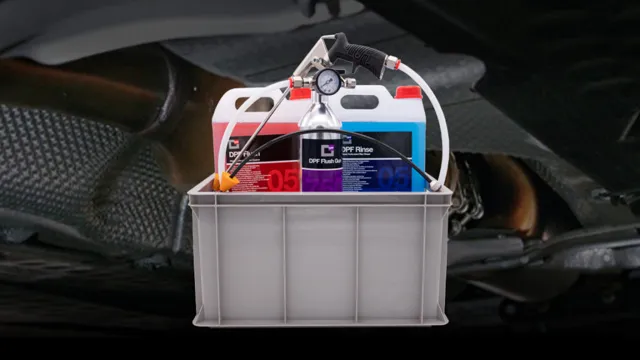
Why Check Soot Level?
Checking the soot level in your car’s diesel particulate filter (DPF) is important for ensuring that your car is running smoothly and efficiently. A buildup of soot can lead to decreased fuel efficiency, reduced engine performance, and even engine damage if left unchecked. Thankfully, checking your DPF soot level is a quick and easy process that can be done with a scanning tool or by taking your car to a professional mechanic.
By monitoring your DPF soot level and getting your filter cleaned or replaced as needed, you can keep your car running smoothly and avoid costly repairs down the road. So, if you haven’t already, take a few minutes to learn how to check your DPF soot level and keep your car in top condition.
How excessive soot can damage engine and decrease fuel efficiency
As vehicle owners, we must know that excessive soot in our engine can cause serious damage, reducing the fuel efficiency of our vehicle. Soot buildup happens naturally, especially in diesel engines, but if left unchecked, it can cause real problems. That’s why it’s crucial always to keep an eye on your vehicle’s soot level.
Soot forms when diesel fuel is incompletely burned, and this can be harmful to your engine’s components, including the fuel injectors, which can get clogged or damaged, leading to lower fuel efficiency and decreased engine performance. Moreover, the accumulation of soot can cause your vehicle’s exhaust system to work much harder, thus reducing its lifespan. By regularly checking the soot level in your vehicle, you can have peace of mind knowing that you’re always aware of your vehicle’s performance.
In conclusion, maintaining a soot-free engine can save you some bucks in gas money, improve your car’s longevity, and keep you safe on the road.
Method 1: Scan Tool
If you’re wondering how to check your diesel particulate filter (DPF) soot level, one method is to use a scan tool. A scan tool is an electronic device that connects to your vehicle’s diagnostic port and reads the information stored in the engine’s control module. One of the readings that a scan tool can provide is the soot level of your DPF.
By checking the soot level, you can determine whether your DPF is operating as it should or if it needs to be cleaned or replaced. Some scan tools even allow you to reset the DPF after it’s been cleaned or replaced. However, it’s important to note that not all scan tools are compatible with all vehicles, so you must ensure that the scan tool you use is compatible with your car’s make and model.
Consult your vehicle’s manual or a trusted mechanic to find a suitable scan tool for your car.
How to use OBD-II scan tool to check soot level
Using an OBD-II scan tool is an effective way to check the soot level in your car’s diesel engine. The first step is to connect the scan tool to your vehicle’s OBD-II port, usually located under the dashboard on the driver’s side. Once you’ve connected the tool, turn the key to the “on” position without starting the engine.
The scan tool will power on and begin communicating with your vehicle’s computer. From here, select the option to read the DPF (Diesel Particle Filter) values. The scan tool will then display the soot level in grams per cubic meter (g/m³).
If the soot level is too high, it’s important to take action to prevent further damage to the engine. Regular maintenance, such as DPF regeneration, can help keep the soot level in check and extend the life of your diesel engine.
Method 2: Visual Inspection
If you’re wondering how to check your DPF soot level, visual inspection is a great method to use. First, locate the DPF (it looks like a large metal canister) and remove it from the vehicle. next, inspect the end cap and outlet cone for soot buildup.
If they’re dirty, you’ll need to clean or replace the DPF. Next, take a peek inside the DPF. You’re looking for any signs of soot buildup or blockages, such as clumps of ash or debris.
If you see excessive buildup, it’s time to clean or replace your DPF. It’s important to note that visual inspection should be done in conjunction with diagnostic testing to accurately track soot levels and ensure proper maintenance. By inspecting your DPF on a regular basis, you’ll keep your vehicle running smoothly and prevent costly repairs down the road.
How to visually inspect DPF for excessive soot buildup
One effective way to visually inspect the DPF for excessive soot buildup is to use the second method which involves the visual inspection of the DPF itself. To do this, first locate the DPF under the vehicle, usually found between the engine and the muffler. Once you’ve found it, inspect the DPF for any visual signs of soot buildup.
This could be seen as a thick black coating on the DPF or a visible buildup along the edges. If you do notice excessive soot buildup, it’s likely time for a DPF regeneration or replacement. It’s important to note that this method is not always foolproof, as not all cases of excessive soot buildup will be visible to the naked eye.
However, it serves as a simple and effective starting point for inspecting the health of your DPF. Remember to check your DPF regularly and address any issues promptly to avoid costly repairs down the line.
Method 3: Cleaning Procedure
If you’re wondering how to check your DPF soot level, one effective method is to perform a thorough cleaning. But before diving into the cleaning process, it’s important to make sure the DPF isn’t damaged and that all sensors are functioning properly. Once you’ve checked these factors, you’ll need to carefully remove the DPF and use a specialized cleaner to remove the built-up soot and ash.
This process can take some time, but it’s essential to maintaining the longevity of your DPF and improving your vehicle’s performance. Additionally, it’s important to note that regular maintenance such as driving at higher speeds for a period of time can help prevent excessive soot buildup in the first place. By staying on top of your DPF maintenance, you can avoid costly repairs and enjoy a smoother, more efficient ride.
How to properly clean DPF to reduce soot level
DPF cleaning When it comes to cleaning a DPF to reduce soot levels, there are various methods to consider. One effective way is through a cleaning procedure, which involves removing the DPF and using compressed air or a specialized cleaning machine to remove the buildup of soot and ash. This process can be done manually, but it’s recommended to seek the help of professionals who have the necessary equipment and expertise to perform the task efficiently.
The cleaning procedure typically involves washing the DPF with a cleaning solution, followed by a rinsing process to remove any remaining residue. Once the DPF is completely dry, it can be reinstalled and reset to the vehicle’s ECU, allowing it to properly function again. Overall, undergoing a thorough cleaning procedure is a proactive measure to maintain the DPF’s optimal performance and ensure lower emissions over time.
Final Thoughts
In conclusion, it’s incredibly important to check the DPF soot level of your vehicle on a regular basis to prevent any serious damage. There are numerous ways to do this, from checking the vehicle manual to using a digital diagnostic tool. It’s essential to take the necessary precautions to ensure that your vehicle remains in peak condition and to avoid any unexpected expenses.
If you’re unsure about how to check the DPF soot level, don’t hesitate to reach out to a professional mechanic for assistance. Remember, a little regular maintenance goes a long way in keeping your vehicle running smoothly and preventing costly repairs in the future. So, be sure to keep an eye on your DPF soot level and stay on top of your vehicle’s maintenance.
Importance of regular maintenance to prevent DPF issues
Regular maintenance is essential to prevent DPF issues. Neglecting your vehicle’s maintenance can lead to expensive repairs in the long run, and the DPF system is no exception. The DPF system is designed to filter out harmful particulate matter, but over time, it can get clogged with soot and other debris.
This buildup can cause reduced performance and decreased fuel efficiency. The only way to avoid this is to have your vehicle serviced regularly, including DPF cleaning or replacement as needed. By doing so, you can keep your engine running smoothly and avoid costly repairs down the line.
Remember, prevention is always better than the cure when it comes to vehicle maintenance.
Conclusion
In conclusion, checking your DPF soot level is an important task that shouldn’t be overlooked. You don’t want to be driving around with a clogged up filter, or worse, cause damage to your engine. So, take the time to familiarize yourself with your vehicle’s DPF system and keep an eye on your soot levels.
It may not be the most exciting task, but it’ll help ensure your car runs smoothly and efficiently, and that’s something worth getting excited about!”
FAQs
What is a DPF?
A DPF (Diesel Particulate Filter) is a device installed in the exhaust system of modern diesel engines to trap soot particles and reduce emissions.
How do I check my DPF soot level?
To check your DPF soot level, you can use an OBD2 scanner or take your vehicle to a mechanic who has the equipment to perform a diagnostic check.
What are the symptoms of a clogged DPF?
Symptoms of a clogged DPF can include reduced engine power, poor fuel economy, and increased exhaust smoke. In some cases, the check engine light may also turn on.
Can a clogged DPF cause engine damage?
Yes, a severely clogged DPF can cause engine damage due to the backpressure it creates. This can cause the engine to overheat or even fail completely if left untended. It’s important to address a clogged DPF as soon as possible.

